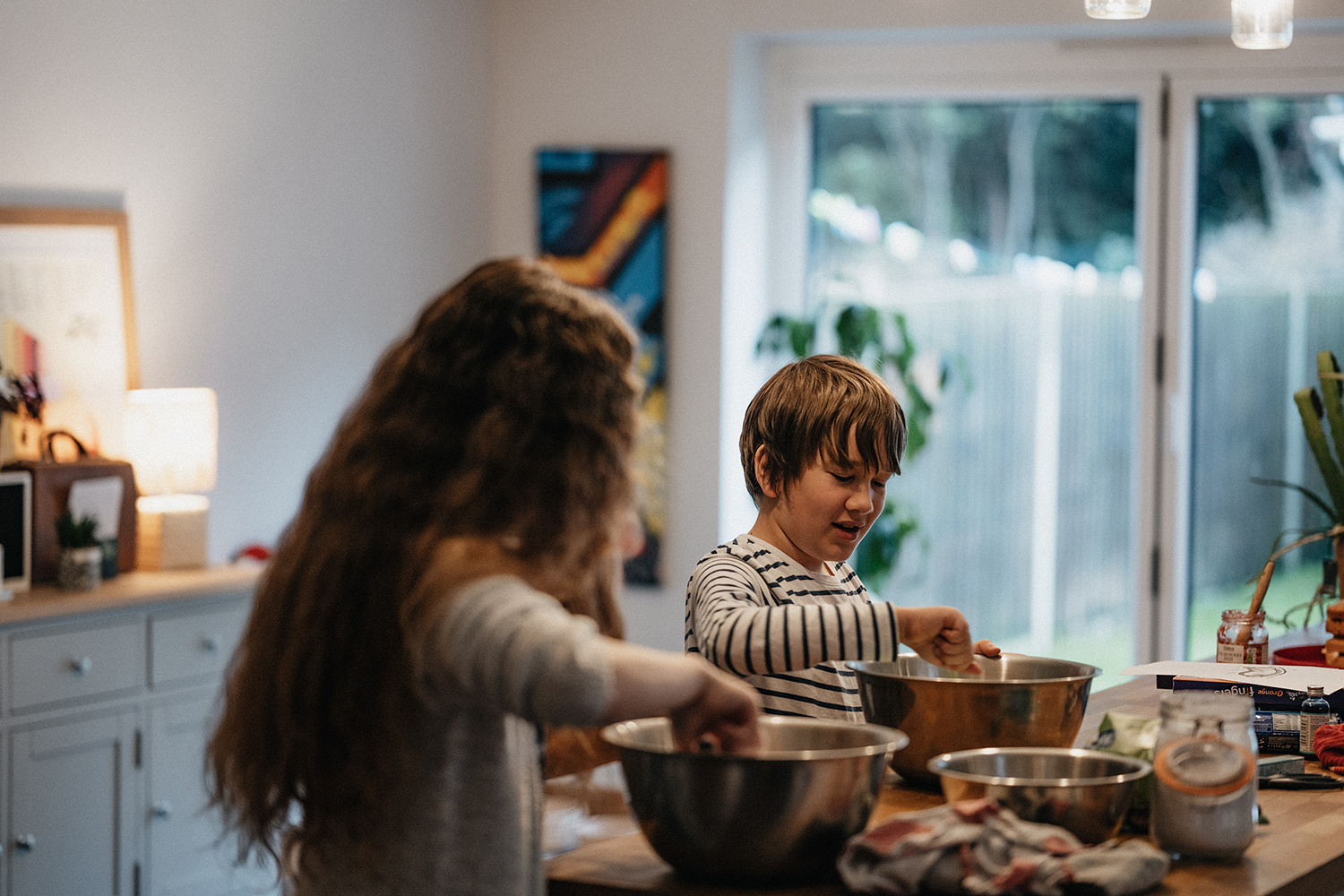Shared custody agreements between parents in the United States grew to 25% recently. This is becoming a way of life for many people due to the high divorce rate, modern life changes, and non-traditional households. Effective co-parenting can nurture and guide a child toward becoming a well-adjusted adult.
With the right strategies, everyone involved will come out of the situation better. But how can you co-parent with someone who hurt you?
You’ll have a larger hill to climb, but the results are rewarding. Here are some steps you can take when co-parenting with someone who hurt you.
Seek Closure on the Relationship
Before you can enter into a co-parenting relationship, get closure on whatever hurts you experienced from the romantic relationship. Past hurts can become burdensome to the point that you’re not able to cooperate, communicate, and get on the same page.
Getting past your grievances helps you separate these feelings and do what’s right for the child. Hire professional mediation services so that you don’t leave anything unspoken with your co-parent. Clear the air early so that you can keep your focus in the right place.
Some couples also make the mistake of never closing the door on their romantic relationship. This ends up with messy back and forth that confuses everyone involved.
Get Professional Counseling
In addition to relationship closure, seek professional counseling that can help you also reconcile with issues in your personal life.
Going to a counselor once a week will bring calmness to your life as you work through your custody arrangement and every aspect of co-parenting. Professional therapy can cost you $10-$30 with an insurance co-pay, and upward of $200 per session if you don’t have insurance.
Prioritize the Child’s Needs
Keeping the child first is tops on the list of co-parenting tips that people need to follow. Every conversation that the two of you have should involve the well-being and care of your child, without muddying the waters.
Cutting out distractions will help you make decisions when it comes to your child’s:
- Education and homework
- Physical health and nutrition
- Spiritual upbringing
- Sports and extracurricular activities
- Emotional and mental well-being
Set aside your individual needs and put your children first so that every decision counts.
Improve the Way You Communicate
Strong communication strategies will help you co-parent without stepping on the landmines of past hurts. Learn to get your point across without being abrasive or offensive. Listen without reading into statements or making assumptions.
Put things in writing whenever you can, and treat the communication like a business, keeping your emotions to the side. If you’re going to send messages, consider using voice notes at times so that they can hear the tone of your voice. Some matters get lost in translation with text and can create tension.
Take a Parenting Class
Some of the most effective co-parenting strategies you’ll learn are taught in parenting classes. Parenting classes can teach you core concepts related to parenting, and you’ll be better prepared to share time with your children.
In addition to some traditional parenting aspects, these classes can teach things like:
- First aid and CPR
- Teaching your kids self-esteem
- Learning to serve as a positive role model
When you approach parenting with this information, you will strengthen your family and your relationship with the co-parent.
Have Regular Family Outings
Even though you live in different households, it’s important that you still take family outings. This teaches you to show up for the child’s interests while putting differences to the side and getting over past hurts.
Your child will appreciate seeing the two of you getting along, and it’ll become easier for you to prevent emotions from hindering the process. Here are some family outings that will let you spend more meaningful time together while creating memories:
- Going out to dinner
- Catching a new release movie
- Spending time at the park
- Visiting a museum or amusement park
- Grabbing some ice cream
Something as simple as going out as a family reinforces the fact that you still are one. Your child will look forward to these outings, and it’ll help build cohesion.
Schedule Meetings With the Other Parent
Since you’re treating co-parenting like a business, formalize things by scheduling meetings with the other parent. These updates will do away with blind spots and will help keep you in the loop with each other.
Keeping things in writing will also help you in the event that you have an issue that you need to take to family court. The more frequently you communicate with the other parent, the easier it’ll become over the years.
Put Equality Out of Your Mind
Many people in co-parenting relationships doom themselves from the start because they’re under the illusion that things can or should be completely equal.
Even if you have 50/50 shared custody, don’t expect things to be completely equal. You should be treated fairly, but there’s give and take in every relationship. More often than not, things won’t be split cleanly down the middle.
Internalizing this reality lets you set realistic expectations with each other and the situation as a whole.
Co-Parenting With Someone Who Hurt You
Hurt is part of relationships, and you’ll walk away with plenty of it after ending a marriage. But it doesn’t mean that you can’t still co-parent effectively. Let the tips above guide you when you’re co-parenting with someone who hurt you.
Apply the points in this article and check out our other posts about co-parenting and other issues.










